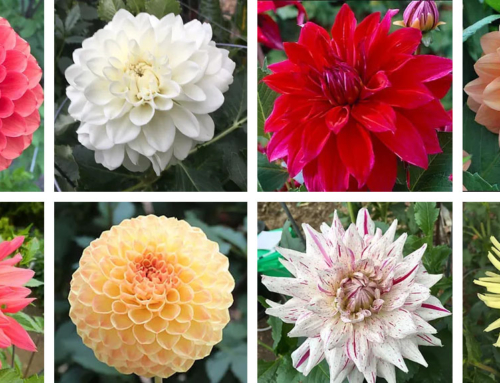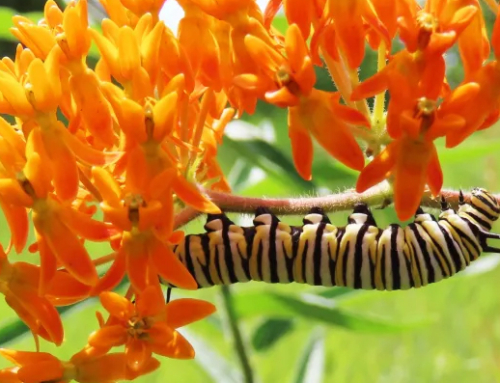By Meleah Maynard, Hennepin County Master Gardener
My orchids didn’t get the best start in life, so it’s no wonder they’ve struggled over the years. Purchased on sale at the grocery store, found abandoned on curbs and plucked from end-of-the-season tables at big-box stores, these orchids are not the Best-In-Show sorts. But, having brought them home, I’ve felt duty-bound to try to do the best by them that I can.
Though they look delicate and elegant to the point of being unreal, it’s honestly not that hard to grow orchids if you pick the right ones and follow a few simple tips. Phalaenopsis, or the moth orchid, are probably the easiest ones to grow. Unlike other orchids, whose flowers can be short-lived, the moth orchid’s showy, colorful blooms (which some say look like moths) can last for weeks, usually from late winter into spring.
You don’t need any special lights to keep these plants happy. Just grow them in an east, west, or shaded south window, out of direct sunlight. You can tell when moth orchids are getting too little sunlight because the dark green foliage will look limp. Cattleya and Dendrobium orchids like the same light conditions and are also easy to grow. Unlike moth orchids that prefer to be watered when the potting mix is still slightly damp, these two orchids will do best if they’re watered when the mix is completely dry.
Fertilizer is the key to getting orchids to rebloom, so be sure to fertilize every week when your orchids are starting to put out new growth as they head into the growing season. Back off to once every other week or even once a month after they’re finished blooming and are ready for a rest. Orchids bloom and rest, bloom and rest, so don’t be alarmed when those beautiful store-bought blooms fade away. Just cut off the spent stalk and keep watering and fertilizing.
You’ll find plenty of orchid fertilizers out there, but any houseplant fertilizer will do. When you feed your orchids, dilute the amount of fertilizer you use to a quarter of what the label recommends. You can always beef up your mixture a bit if you don’t get the growth you should.
Orchids do best in environments with reasonable humidity. So if it’s dry in your house, group your orchid pots on top of a tray or shallow dish filled with pebbles. Keep the water level low enough that the potting mix doesn’t get wet. Repot your orchids every one to two years, usually in the spring when you see new, green tips appearing on the normally white roots.
Next, get your camera ready because you’re going to want to take pictures of the beautiful orchids you grew without much fuss.




